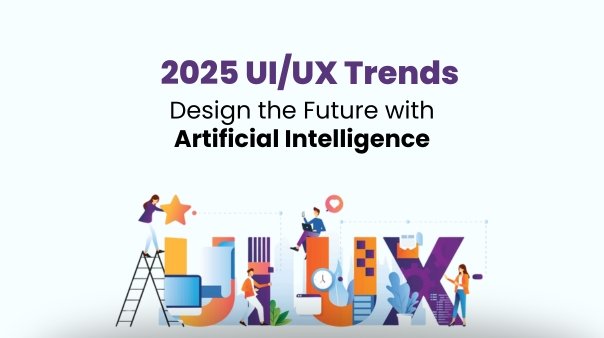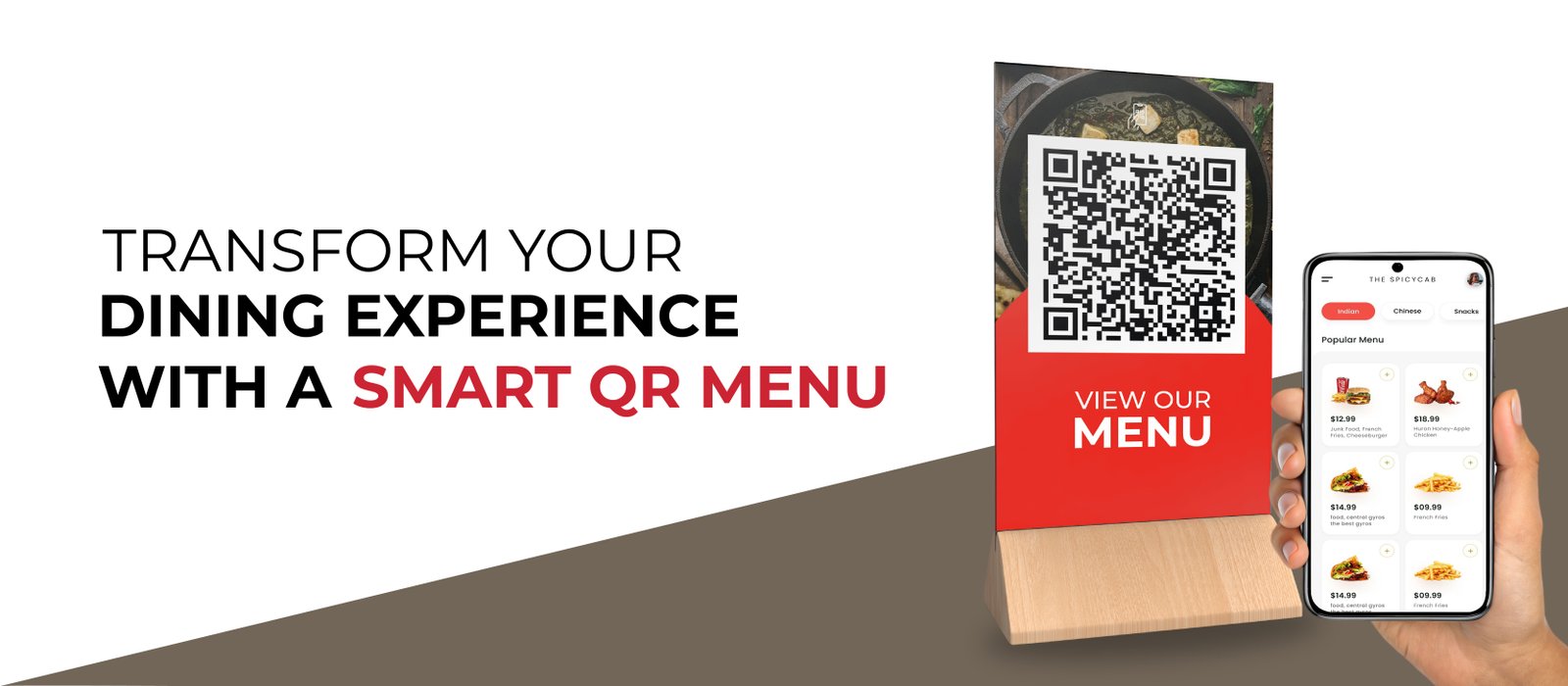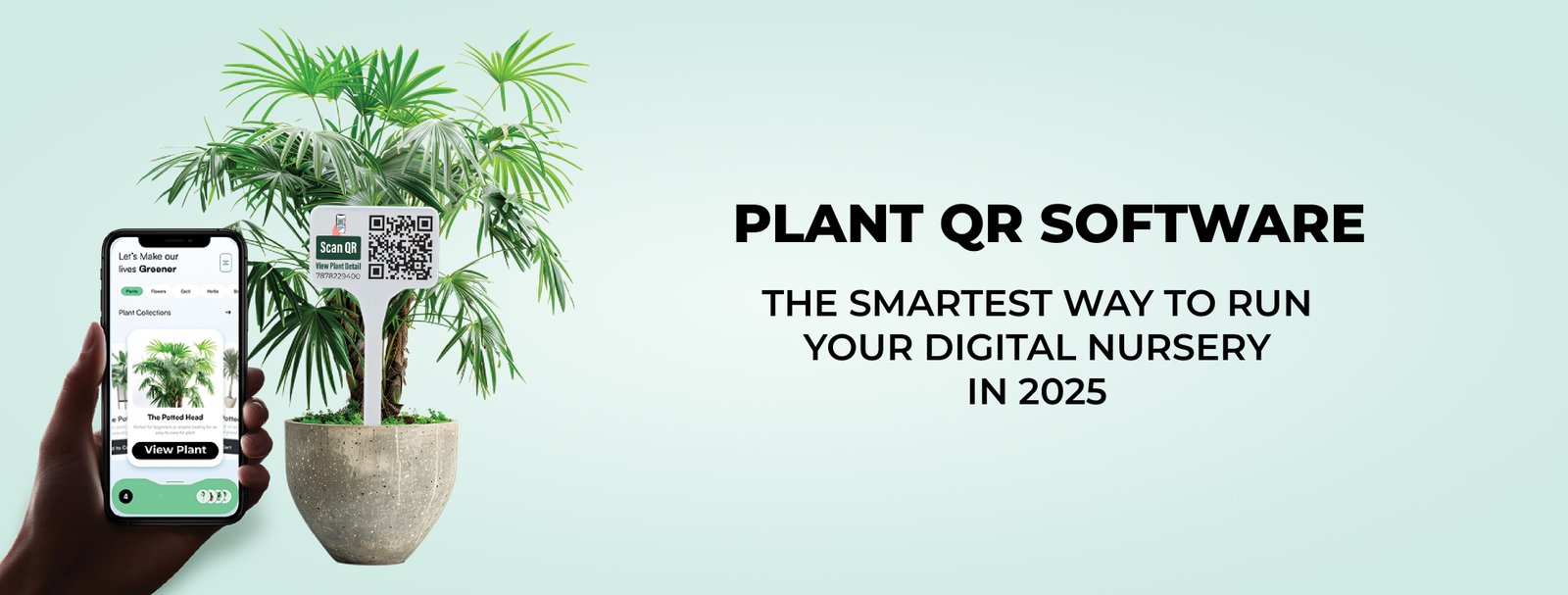
2025 UX/UI Trends: Designing the Future with Artificial Intelligence
UX/UI with Artificial Intelligence: The Future of Design
As the digital world rapidly evolves, Artificial Intelligence (AI) is becoming one of the most transformative forces in user experience (UX) and user interface (UI) design. While once considered futuristic, AI is now at the forefront of modern design practices, helping teams move faster, make smarter decisions, and build more personalized, user-centric products. However, despite its strengths, AI still relies heavily on human creativity and empathy to deliver truly impactful user experiences.
In this post, we’ll explore how AI is shaping the future of UX/UI design, what it can and can’t do, and how designers can embrace AI without losing the human essence that makes their work meaningful.
The Rise of Generative AI in UX/UI
Generative AI is one of the most exciting developments in recent years. It refers to algorithms capable of producing new content—text, images, code, and even design elements—based on learned patterns. For UX/UI designers, this means AI can assist with everything from creating wireframes and writing microcopy to suggesting layout improvements and automating repetitive design tasks.
Imagine being able to input a few key parameters—like your target audience, goals, and brand style—and getting a set of tailored design variations in seconds. That’s the kind of creative efficiency generative AI is beginning to offer. While it doesn’t eliminate the need for designers, it certainly enhances what they can achieve in less time.
How AI is Impacting the UX/UI Workflow
AI is not here to replace UX/UI designers, but to work alongside them—making processes smarter, more data-driven, and often faster. Here are a few ways AI is actively enhancing the design workflow:
🔍 User Research Made Smarter
AI can analyze massive amounts of user data to identify behavioral patterns, pain points, and preferences. Instead of manually going through spreadsheets or heatmaps, designers can use AI to quickly uncover insights that shape better user journeys.
✨ Idea Generation & Prototyping
Need multiple design directions or UI layout options? AI can offer design suggestions based on prior data, user behavior, or best practices. Tools powered by AI can even generate wireframes or early-stage prototypes, giving designers a head start in the creative process.
🧪 Testing & Optimization
AI can simulate user behavior to test how people might interact with a product. By analyzing engagement data, it can recommend changes to improve navigation, reduce bounce rates, or enhance usability. Designers can use this feedback to refine their designs before real users even get involved.
♿ Accessibility Improvements
Ensuring inclusive design is critical—and AI can assist in identifying issues that might be overlooked. Whether it’s contrast ratios, font legibility, or keyboard navigation, AI tools can automatically audit interfaces and suggest improvements for better accessibility.
What AI Can’t Replace in UX/UI Design
Despite all its benefits, there are still crucial elements of UX/UI design that AI simply can’t replicate. Design isn’t just about visuals—it’s about solving problems, evoking emotions, and creating meaningful experiences. These qualities require human understanding and imagination.
Here’s what AI still lacks:
❤️ Empathy and Emotional Intelligence
Great design requires understanding human emotion, motivations, and struggles. AI doesn’t feel. It can analyze data, but it can’t truly empathize with users who are confused, frustrated, or inspired.
🧠 Intuition and Contextual Thinking
AI lacks the ability to understand subtle context. It can suggest layout changes based on analytics, but it can’t grasp nuanced cultural differences, brand voice, or emotional tone the way humans can.
🎨 Creative Problem-Solving
Creativity is not just about generating ideas—it’s about choosing the right idea for the right moment. Designers make judgment calls, take risks, and draw inspiration from diverse sources. These aren’t things AI can do with confidence or originality.
Why AI Won’t Replace UX Designers (Anytime Soon)
Let’s be honest—this is the question on everyone’s mind: Will AI take my job?
The short answer? No. And here’s why:
UX/UI designers do far more than just create pretty interfaces. They understand user psychology, identify needs, and craft solutions with empathy. While AI is a powerful tool, it cannot replace:
-
Face-to-face interviews with users
-
Real-time problem-solving in workshops
-
Storytelling through visual and interactive elements
-
Designing for unpredictability and edge cases
Instead of seeing AI as competition, smart designers are learning to use it as a collaborator—a digital partner that handles the repetitive stuff, so they can focus on strategy, creativity, and user connection.
How Designers Can Harness AI in Their Workflow
Rather than fearing AI, designers should embrace it strategically. Here’s how:
1. Use AI for Rapid Prototyping
Tools like Uizard and Figma AI features can generate design elements quickly, helping you move from concept to prototype in record time.
2. Enhance User Research with AI Tools
AI-powered analytics platforms can identify behavioral patterns and user drop-off points with greater speed and accuracy than manual methods.
3. Create Personalized User Experiences
AI can analyze user data and dynamically adjust content, layouts, or features to match user preferences—leading to better engagement and satisfaction.
4. Optimize Testing and Iteration
Run A/B tests faster, and let AI evaluate user reactions to different variations. It’ll recommend which designs are working—and why.
Real-World Examples of AI in Design
-
Netflix uses AI to personalize thumbnails and suggest content based on viewing history, improving engagement.
-
Spotify curates playlists and adjusts UI for different user moods and listening habits.
-
Google integrates AI in products like Gmail and Search to provide predictive input and auto-suggestions—streamlining the user experience.
These companies don’t use AI to design instead of humans—they use AI to augment their human teams. And that’s the real magic.
Challenges of Relying Too Much on AI
While AI offers speed and scale, there are potential pitfalls in leaning too heavily on it:
-
Lack of originality: Designs generated by AI can sometimes feel formulaic or generic.
-
Bias in data: AI tools learn from existing data—which may carry bias. This can unintentionally lead to non-inclusive designs.
-
Ethical concerns: Who’s accountable when AI makes a poor design decision that negatively affects users?
These risks highlight the need for human oversight, ethics, and thoughtful design leadership.
The Balanced Future: Humans + AI
The future of UX/UI design isn’t about humans vs. AI. It’s about humans with AI—a powerful combination where intuition meets intelligence. Designers who adapt, learn to leverage AI, and keep empathy at the center will thrive.
Instead of spending hours on basic tasks, they’ll spend more time crafting innovative, emotionally intelligent experiences that AI could never dream up.
And in the process, the role of the designer evolves—not into extinction, but into greater influence.
Final Thoughts: Embracing the Future of Design
Artificial Intelligence is not a threat—it’s a superpower. When used thoughtfully, it allows UX/UI designers to do more of what they love: creating experiences that truly resonate with users.
The trick is knowing when to use it, how to use it, and when to rely on your own human instincts. Because, at the end of the day, the best design happens when technology and humanity work hand-in-hand.
So whether you’re a solo designer, a startup team, or part of a large agency, now is the time to explore what AI can offer—but never forget what only you can bring to the table.
Ready to build the future of design with the right tools?
Explore cutting-edge digital solutions at Qlinkon.com, where innovation meets usability. From intelligent product management to customer-friendly interfaces, Qlinkon helps businesses deliver smarter experiences through technology.





